Today was my only full day in the Mosel Valley, with two visits planned. It’s not a lot of time to fully explore or appreciate this nook of the Mosel, but just enough time to visit a couple wineries and snap some pictures really. Taking beautiful pcitures here is not too hard to do anyway. When the sun is shining, the area is gorgeous and quaint overall. When the sun is not shining, it still has a robust and resourceful structure that makes one think of a hearty culture. The Mosel valley drive along route 53 is dotted with picturesque villages neatly packed within steep yet often verdant valley walls, vineyards and fields scattered about when the slopes are more gentle, steeples, roundabouts and an occasional bridge along the way. It makes for a lovely and peaceful drive on this one road hugging the seriously snaking Mosel river, without much traffic or bustle. There is a bike path as well, and during my visit it was well used by cute old couples who seem to really appreciate the sights via bicycle.
The vineyards indeed occupy some extremely steep slopes. Up to 80˚ I read. It was hard to imagine people working these steeply sloped vineyards, and upon first glance even harder to accept why they would go to such trouble. It is quite literally a life threatening chore. In the last year, apparently four people have perished in accidents sliding down the slopes and falling off cliffs. Between the most obvious plots that line the valley, every inch is planted – between boulders jutting out a hundred feet overhead, on a little sliver of nearly vertical Earth, vines are planted. Even just a few. Witnessing harvest in the fall must be quite a sight.
Bernkastel-Kues seems to be the crown jewel of the area, as a landmark destination for tourists. This must be just prior to the high season, because it’s not crowded at all. The village has a number of restaurants with outdoor seating, yet they are dark not terribly welcoming. This is the “German-ness” in everything – it’s just the way it is here. The architecture and atmosphere is just dark overall. Perhaps it’s because of a lack of tourists, but the restaurants are empty, there are no waitstaff welcoming you in. And it’s makes for some amount of dread when roaming around wondering where to eat. The wine bars and restaurants that were occupied were quiet – Germans are quiet people.
As for the cuisine, it really boils down to beef and pork prepared in various roasted ways -perhaps even raw if I understood someone correctly – vegetables, potatoes. It’s heavy cuisine soaked in sauce and juices, and not much variety. Goulash is big here. Still, my dinner last night at the Altes Brauhaus was flavorful and hearty, but there’s only so much you can take.
Weingut Dr. Thanisch, Bernkastel-Kues
This morning I met Max Ferger, the young and positively cheerful winemaker of this venerable producer. As I was a few minutes early, I walked by the doors to the cellar while he was waiting out front. We exchanged hellos, and as I turned back his way, he called out “Are you…..Chris?”
“Yes!”
I guess I expected an altogether different look – an older gentleman perhaps, someone carrying the grandeur of their wine. So I had just walked on by. Max has a thick beard, shaved head, a sleeveless T, and a huge welcoming smile. He broke out in laughter and slapped me on the shoulder.
“Why didn’t you say so man!”
You really can’t beat tasting fine German rieslings in a famous 350 year old cellar dripping with dew and moss. It originally housed in ice factory or storage area of some kind, and today contains stainless steel tanks and traditional 1000 liter barrels. Max blends wine from these tanks and barrels to reach a level of elegance and quality that is truly apparent.
The Thanisch family name has been mentioned in Bernkastel-Kues since at least 350 years ago, and their Berncasteler Doctor vineyards site is among the famous in all of Germany. It lies behind the rooftops of the town, behind steeples and below another 12th century castle.
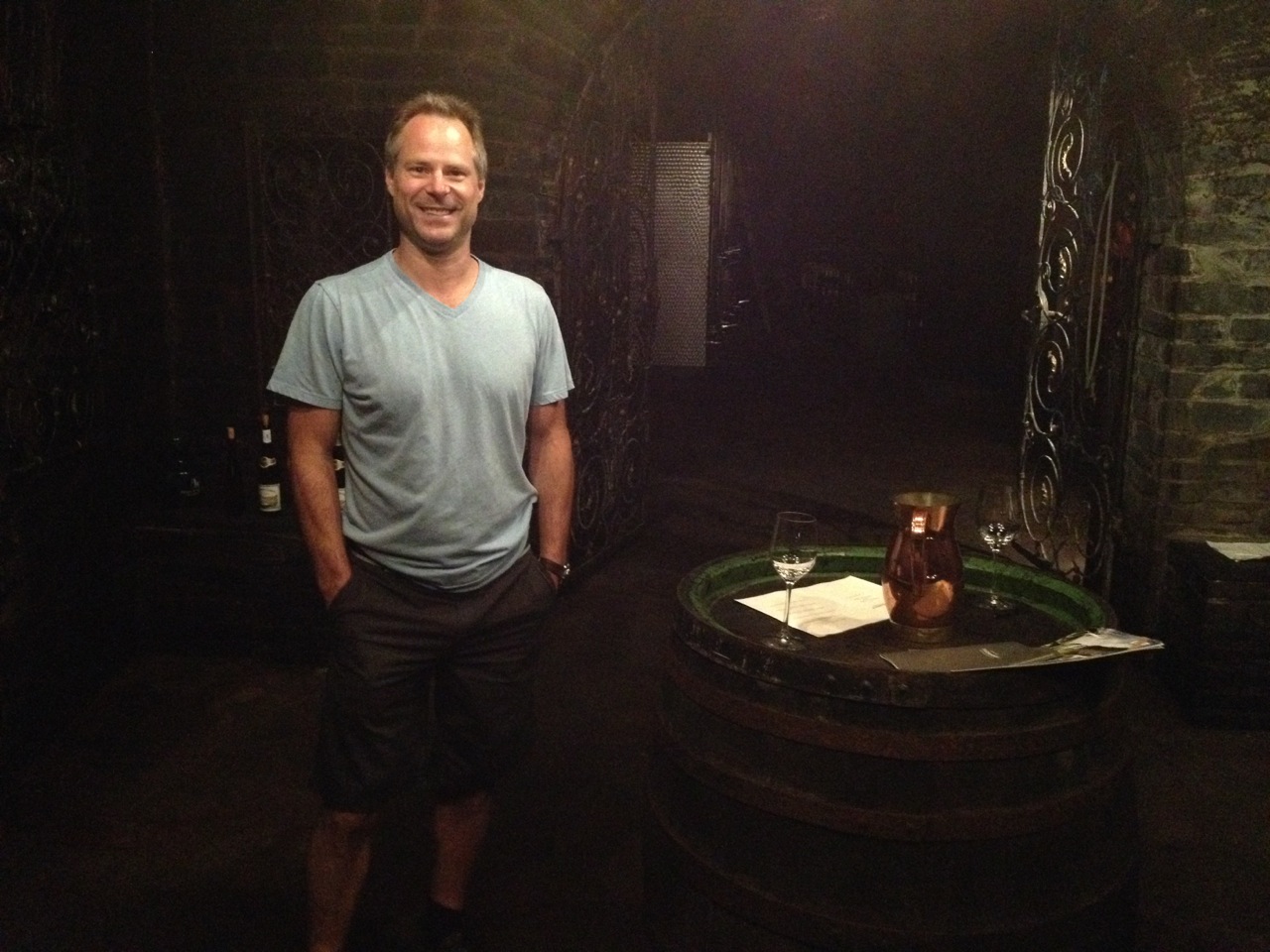 Their vineyard sites are composed of three kinds of slate – blue, gray, and red/green, each imparting subtly different fruit characteristics. Their rieslings span all have a backbone of acidity that is not readily apparent but forms a lyer on which all other flavors shine – fresh young fruits notes such as apple, pear, lemons, with rich creaminess, and a long finish with hints of saline. Their line of wines range from dry to a touch of sweet that lies gently on the palate and doesn’t take over the whole taste profile.
Their vineyard sites are composed of three kinds of slate – blue, gray, and red/green, each imparting subtly different fruit characteristics. Their rieslings span all have a backbone of acidity that is not readily apparent but forms a lyer on which all other flavors shine – fresh young fruits notes such as apple, pear, lemons, with rich creaminess, and a long finish with hints of saline. Their line of wines range from dry to a touch of sweet that lies gently on the palate and doesn’t take over the whole taste profile.
The above picture is rather hard to make out, but this is the Treasure Room, and those are decades old bottles covered in slime. There are numerous vintages dating back to the early 20th century. In the 50’s, a previously walled up room in the cellar was discovered, and contained a 1921 Berncasteler Doctor Trockenbeereauslese. At auction it fetched the incredible sum of 11,200 Deutsch marks. Today, this room still contains numerous old vintages that await qualified buyers…
Several years ago this room was discovered after being walled up around the war years, and contained a 1921 vintage that sold at Christie’s for a hefty price. I’ll get my story straight and provide some more clarity on this. More later…
Weingut Ansgar Clusserath, Trittenheim
In the afternoon, my final winery visit of this busy tour was at Weingut Ansgar Clusserath. I backtracked 20 km down the river to find Tritteneheim. The town is chock a block with small family owned wineries, and it was again tricky to find Spielestrasse amid the Umleitung (another construction detour, I’ve run into many of this for some reason). Although I have little in the way of mapping, often you just enter the little town, and peck around for signs pointing the way. It’s basically a residential town, with wineries tucked in with the homes, the post office, a grocery store. It looks like a cute little German suburbia. Clusserath is small, and Eva, the petite winemaker may have been wondering why I came to them specifically. Well, we had a bottle on our shelf at the store in Boulder, and I like to make that connection between what we have and their source. Even if Alsatian and German wines are not flying off the shelves. There are numerous winemakers exemplifying German wine that are certainly better known. All became clear however when we sat down and went through a flight of their wonderfully honest and pure wines.
I’m not going to repeat the text from their website describing their vineyard sites, nor give a lecture on German wines here. Their vineyard sites surround the town and consist of shale. Suffice to say the wines were lovely. Some were blends of rieslings from several plots, my favorite was the Trittenheim Apotheke, 2011. Good acid, nice fruit, and a long finish that makes you close your eyes an think deep. These were primarily dry, and venture into a light sweet taste with their spatlese and feinherb wines. The family has been making wine for hundreds of years, and the helm passed down through the generations. Eva is another member of the young jetset German winemakers, putting their viticulture degrees to work, carrying the torch and exploring new directions.
Eva and I had a nice long conversation as she described their process, staying faithful to the philosophy of the absolute minimum of handling – the best wines comes from a pure expression of the grapes. After harvest in late October, and fermentation, the wine rests on the lees for a few months until bottling in the early summer. How long they ferment and when they bottle varies and really depends on the state of the wine, finding the optimum time. The 2011 was beginning to open up and relax, and in general these wines can and should be aged for several years to allow them to open up and find a perfect expression.
This was a short visit. She showed me the cellar, we tasted a flight and called it a wrap. However, the humility and hospitality among all the wineries I have visited has really moved me. Eva asked which one I liked best, and promptly put a bottle in my hand, no questions asked. I insisted on paying but she refused. Thank you Eva, and may your little Mosel winery continue to produce outstanding wines. I’ll try to sell a few bottles back home.
My only concern now is getting all these bottles home in my luggage.





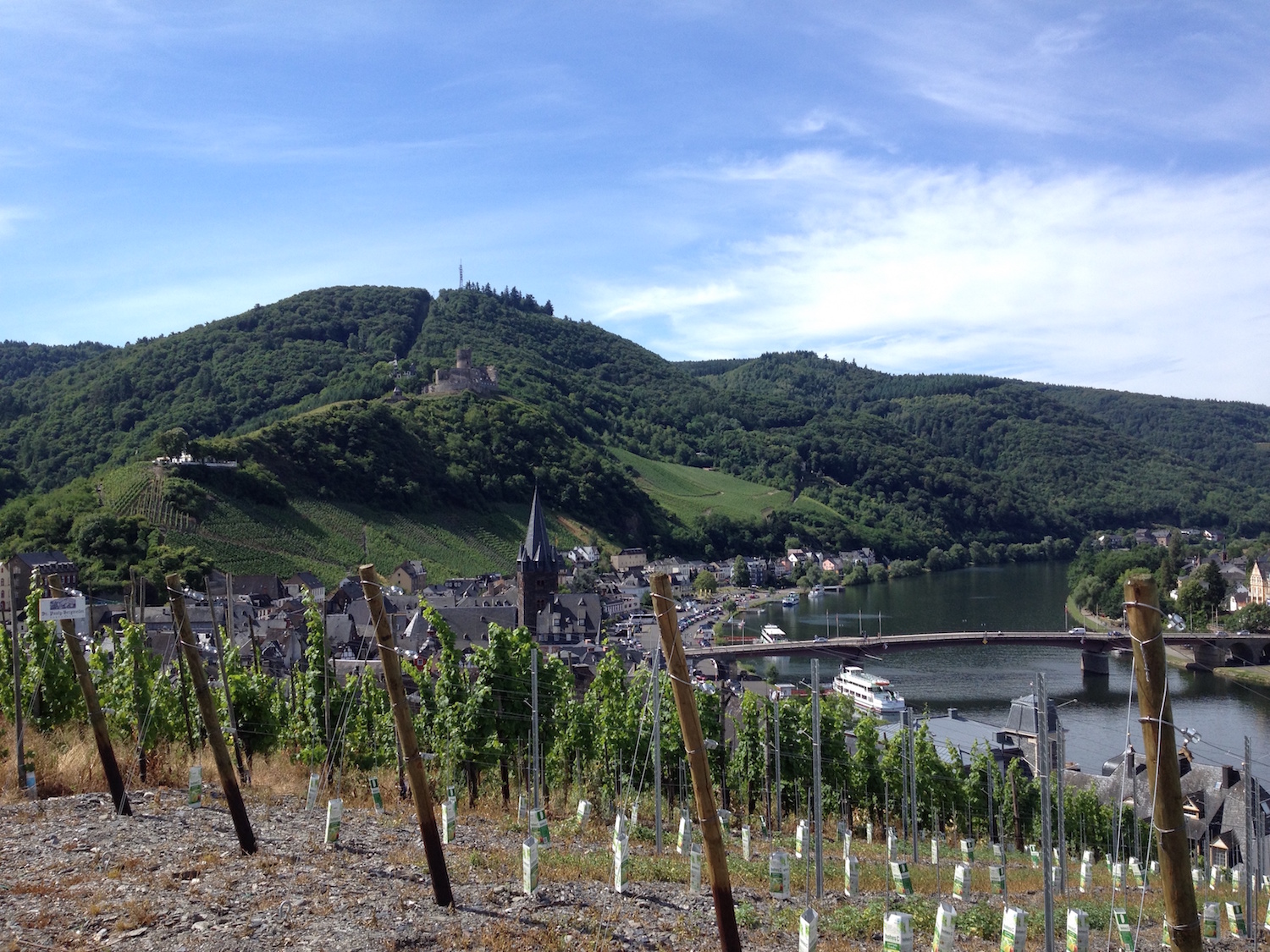
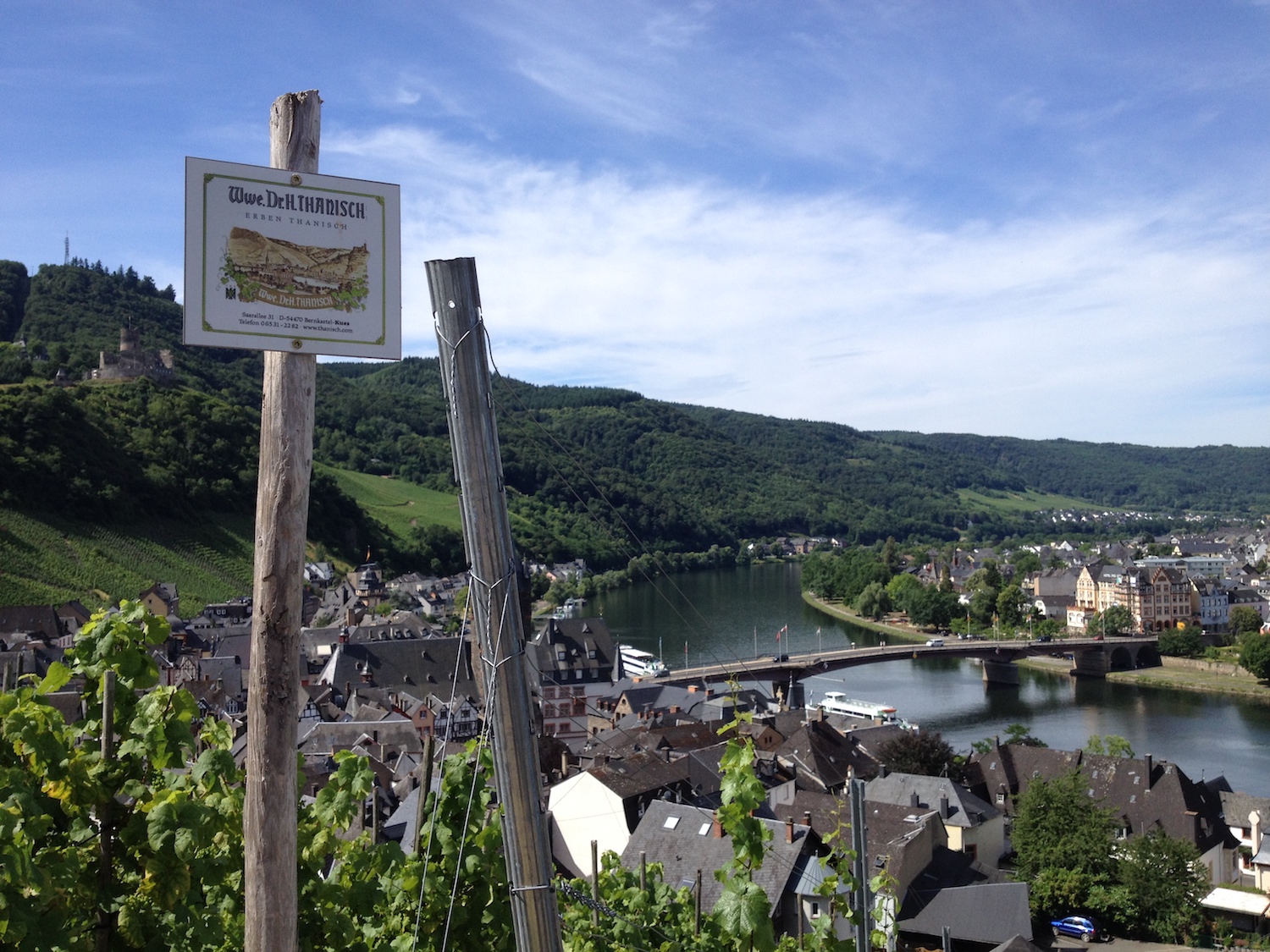
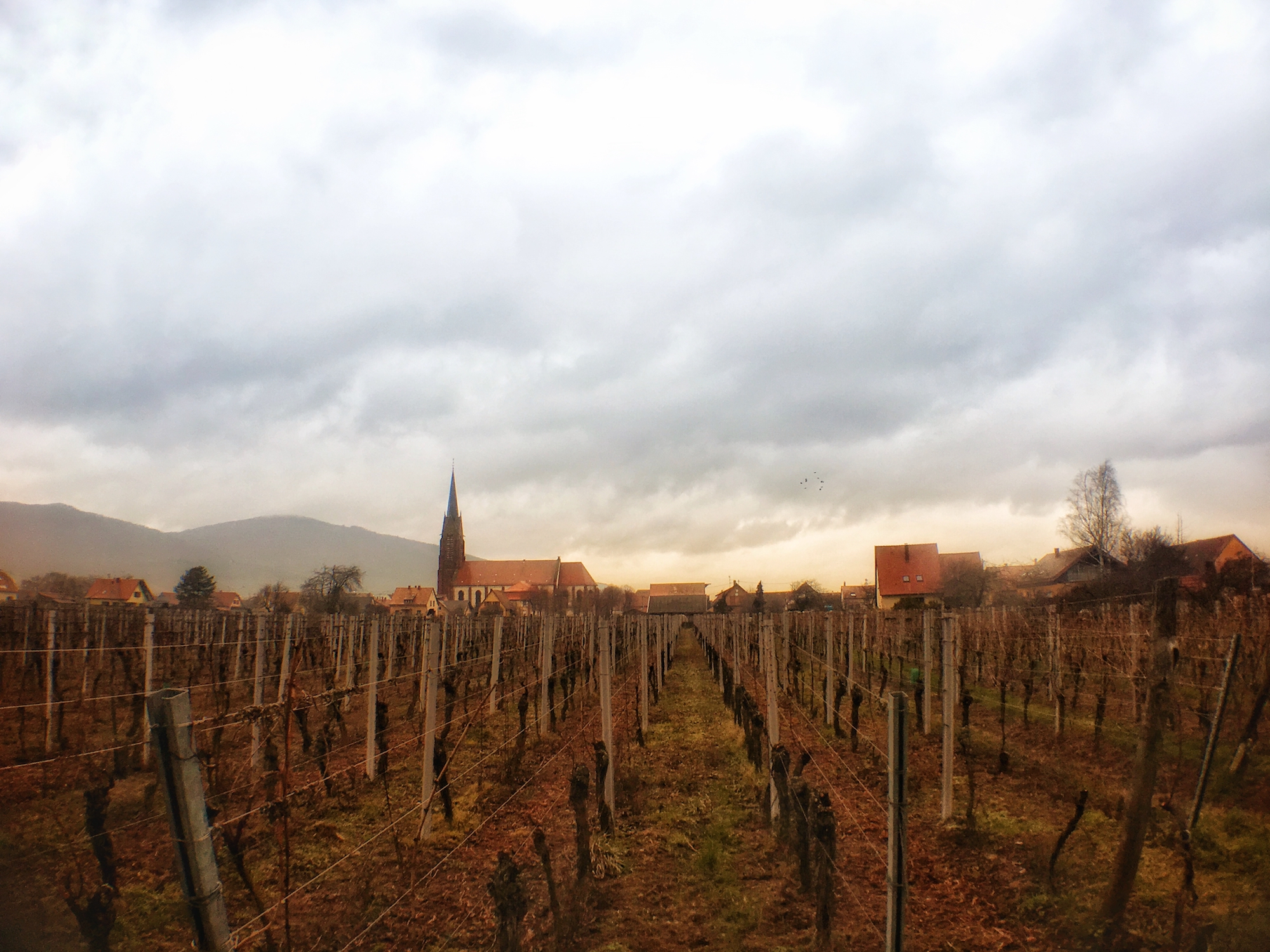
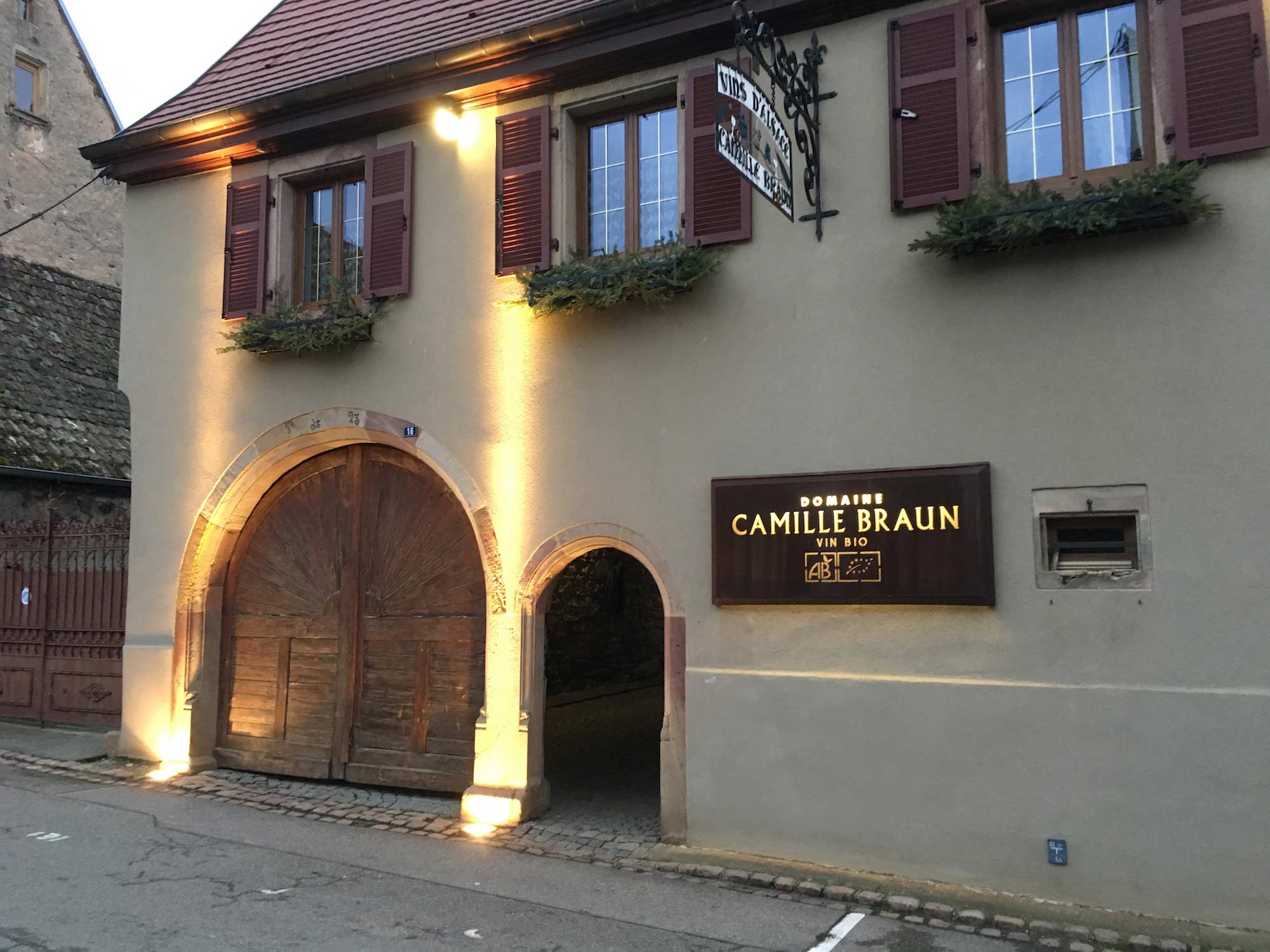
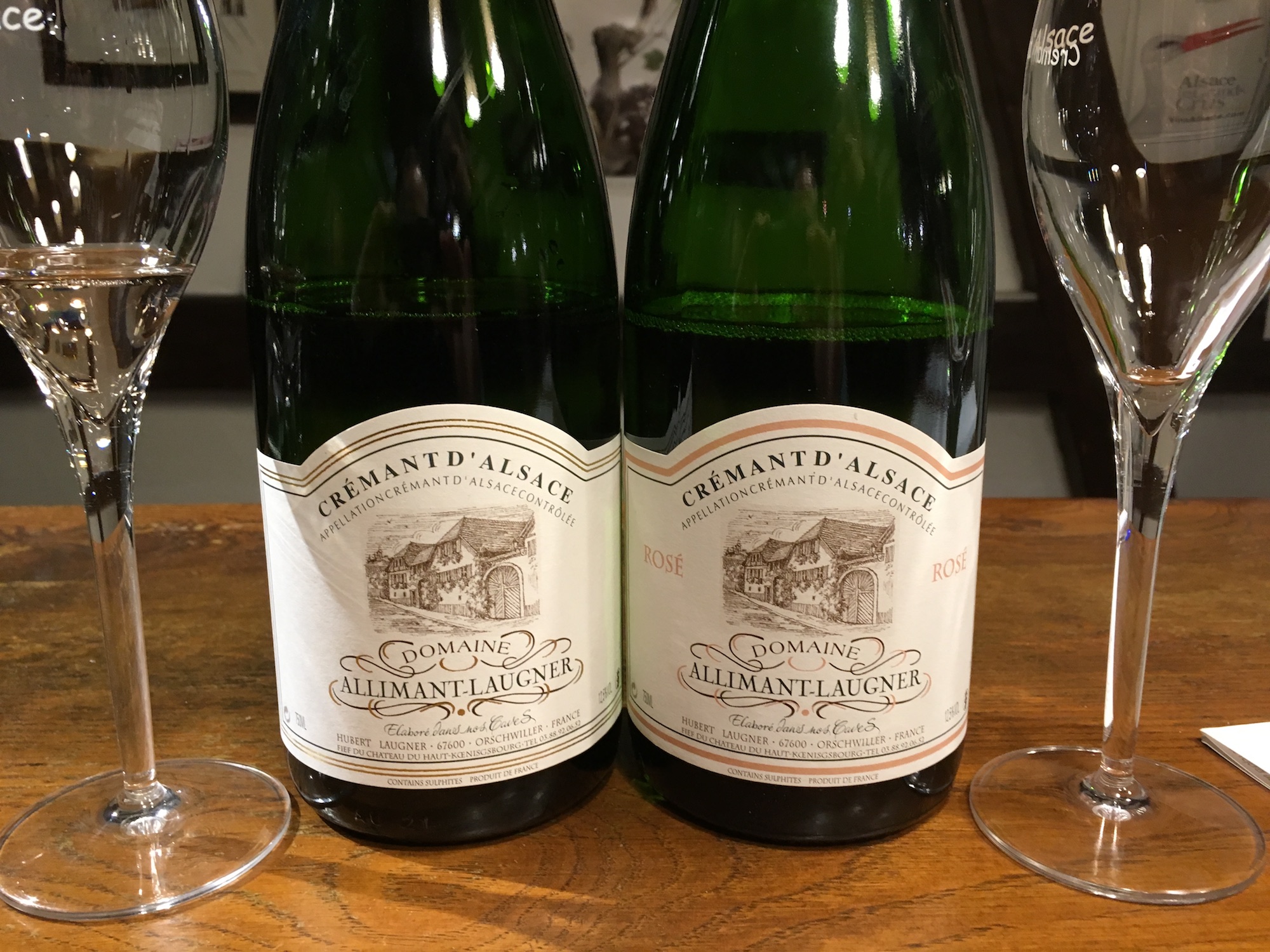
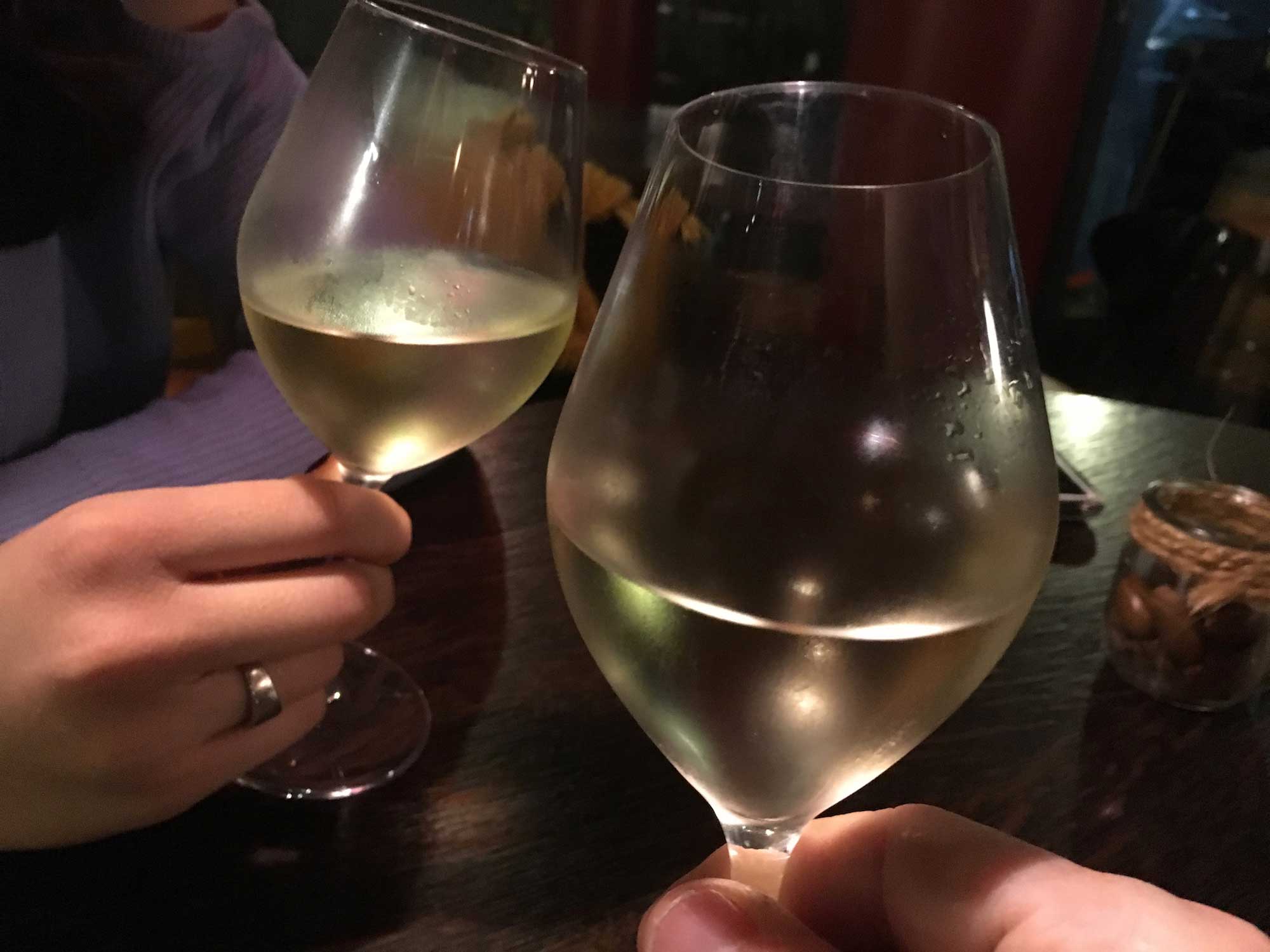
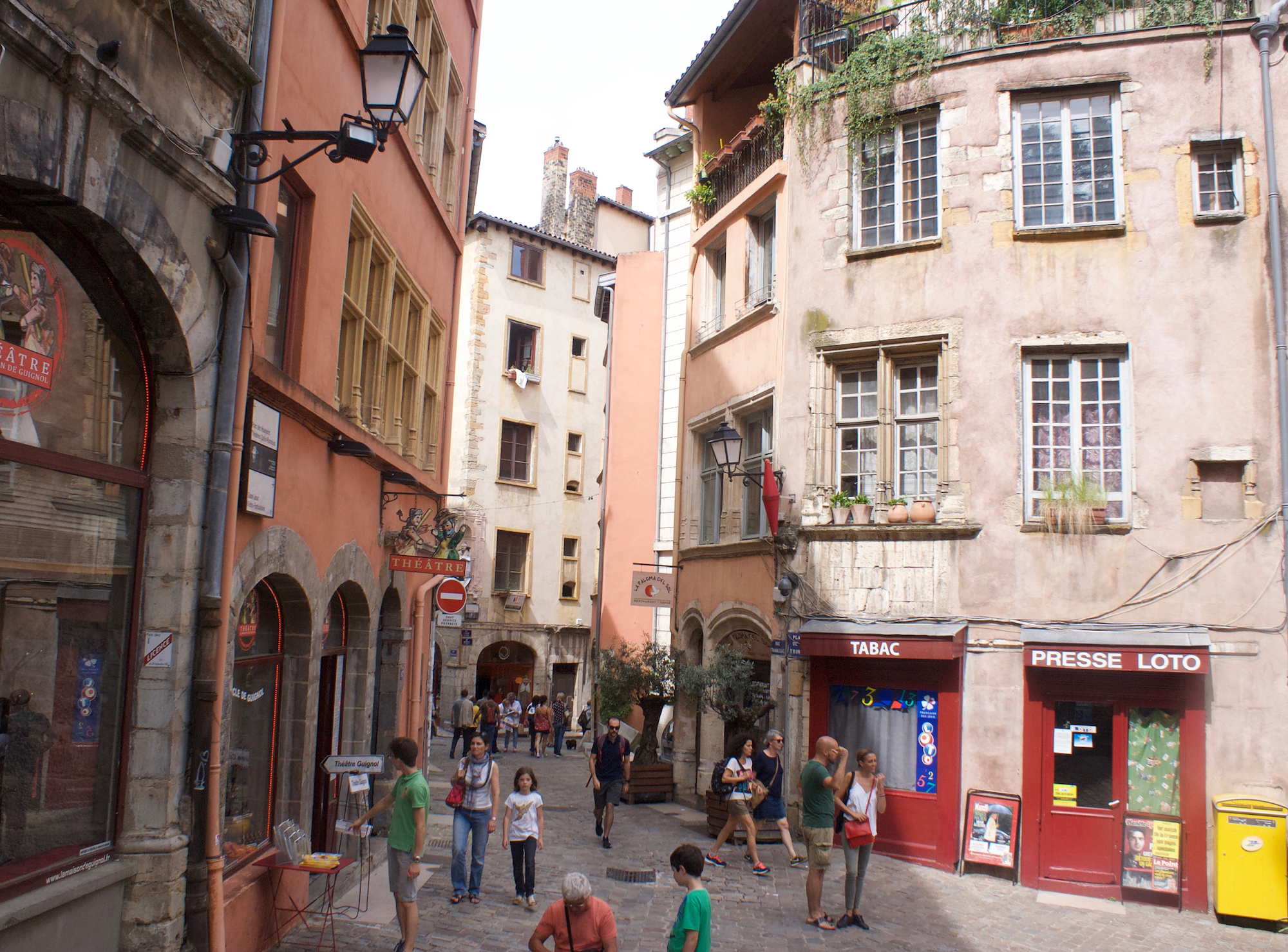
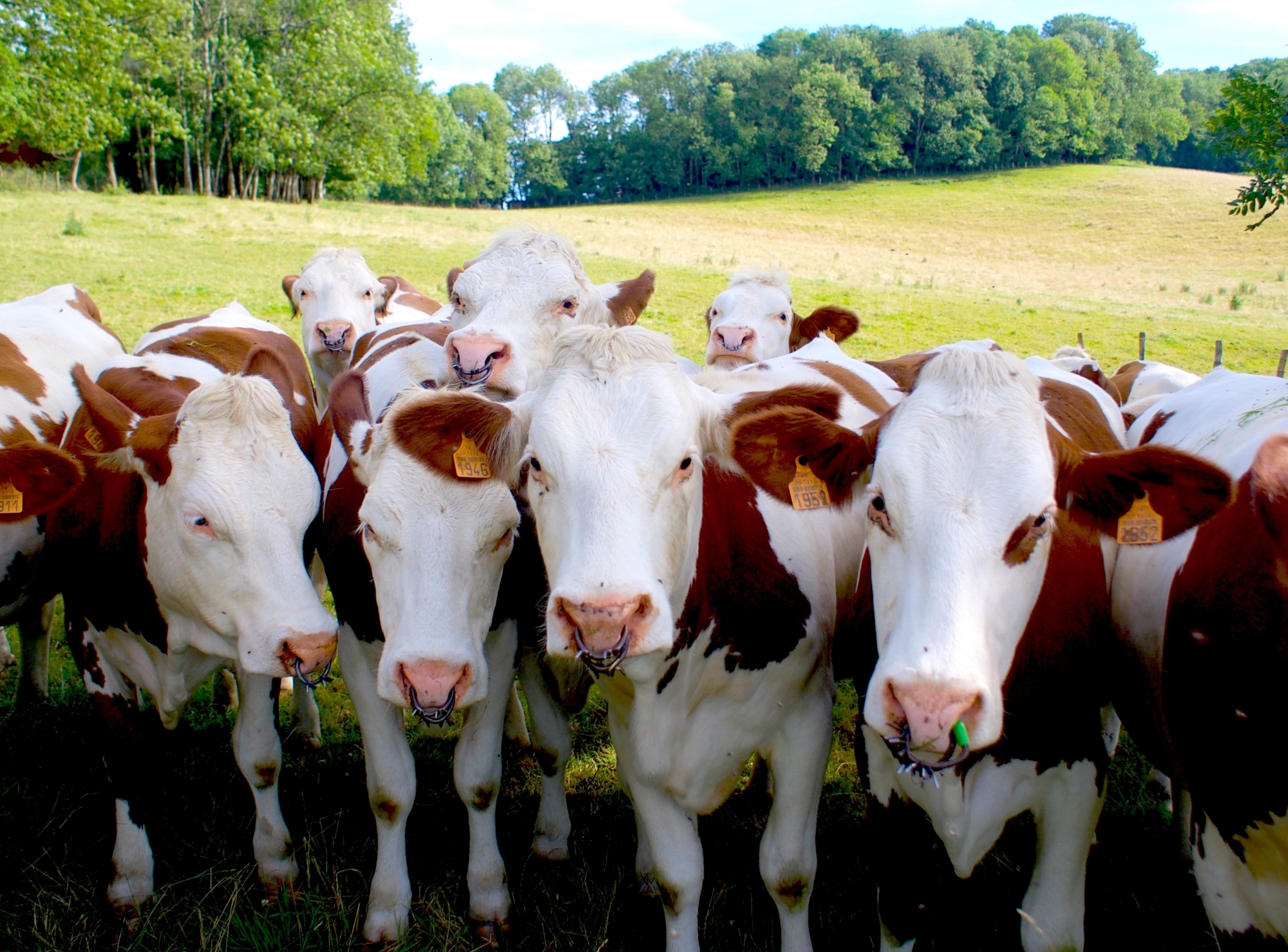
Leave A Comment